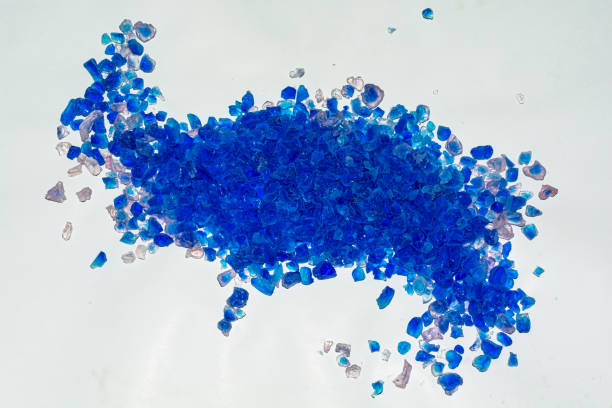Understanding the Basics
Bisphenol A (BPA) and bisphenol F (BPF) are both key components in the production of epoxy resins, which are widely used in various industries due to their exceptional properties such as strength, durability, and chemical resistance. While they share some similarities, there are distinct differences between BPA and BPF, which can significantly impact the properties of the final epoxy resin product.
What is the Difference?
The primary difference between BPA and BPF lies in their chemical structure. BPA contains two isopropylidene groups linking two phenol units, while BPF has two methylene groups connecting the phenol units. This seemingly small structural difference results in varying properties and performance characteristics:
• Reactivity: BPA epoxy resins generally exhibit higher reactivity compared to BPF epoxy resins. This means that BPA-based resins can cure faster and at lower temperatures.
• Flexibility: BPF epoxy resins tend to be more flexible than BPA epoxy resins, making them suitable for applications requiring greater toughness and impact resistance.
• Thermal Properties: BPA epoxy resins typically offer better thermal stability and higher glass transition temperatures.
• Cost: BPA epoxy resins are generally more cost-effective to produce compared to BPF epoxy resins.
Applications
Both BPA and BPF epoxy resins find extensive use in a variety of industries, including:
• Coatings: Epoxy coatings based on BPA and BPF are used to protect surfaces from corrosion, abrasion, and chemical attack.
• Adhesives: Epoxy adhesives made from BPA and BPF are employed in bonding a wide range of materials, from metals to plastics.
• Composites: Both types of epoxy resins are used as matrices in composite materials, such as fiberglass and carbon fiber composites, for applications in aerospace, automotive, and construction.
• Electrical and Electronics: Epoxy resins are used as insulating materials in electrical components and printed circuit boards.
Environmental Concerns and Alternatives
In recent years, there has been growing concern about the potential health effects of BPA, leading to regulations and restrictions on its use in certain products. Consequently, there has been a shift towards the use of BPA-free alternatives, including BPF epoxy resins. However, it's important to note that while BPF is generally considered safer than BPA, it may still have some associated health risks.
Choosing the Right Epoxy
The selection of BPA or BPF epoxy resin depends on the specific requirements of the application. Factors to consider include:
• Performance properties: Required strength, toughness, chemical resistance, and thermal stability.
• Cost: The overall cost of the epoxy resin and the associated processing costs.
• Regulatory compliance: Adherence to relevant environmental and safety regulations.
• Sustainability: The environmental impact of the epoxy resin and its manufacturing process.
Conclusion
Both BPA and BPF epoxy resins offer unique properties and advantages, making them valuable materials in various industries. While BPA has been the dominant choice for many years, concerns about its potential health effects have led to increased interest in BPF and other alternatives. By carefully considering the specific requirements of an application, engineers and manufacturers can select the most suitable epoxy resin to achieve the desired performance characteristics.

Post time: Jul-29-2024



